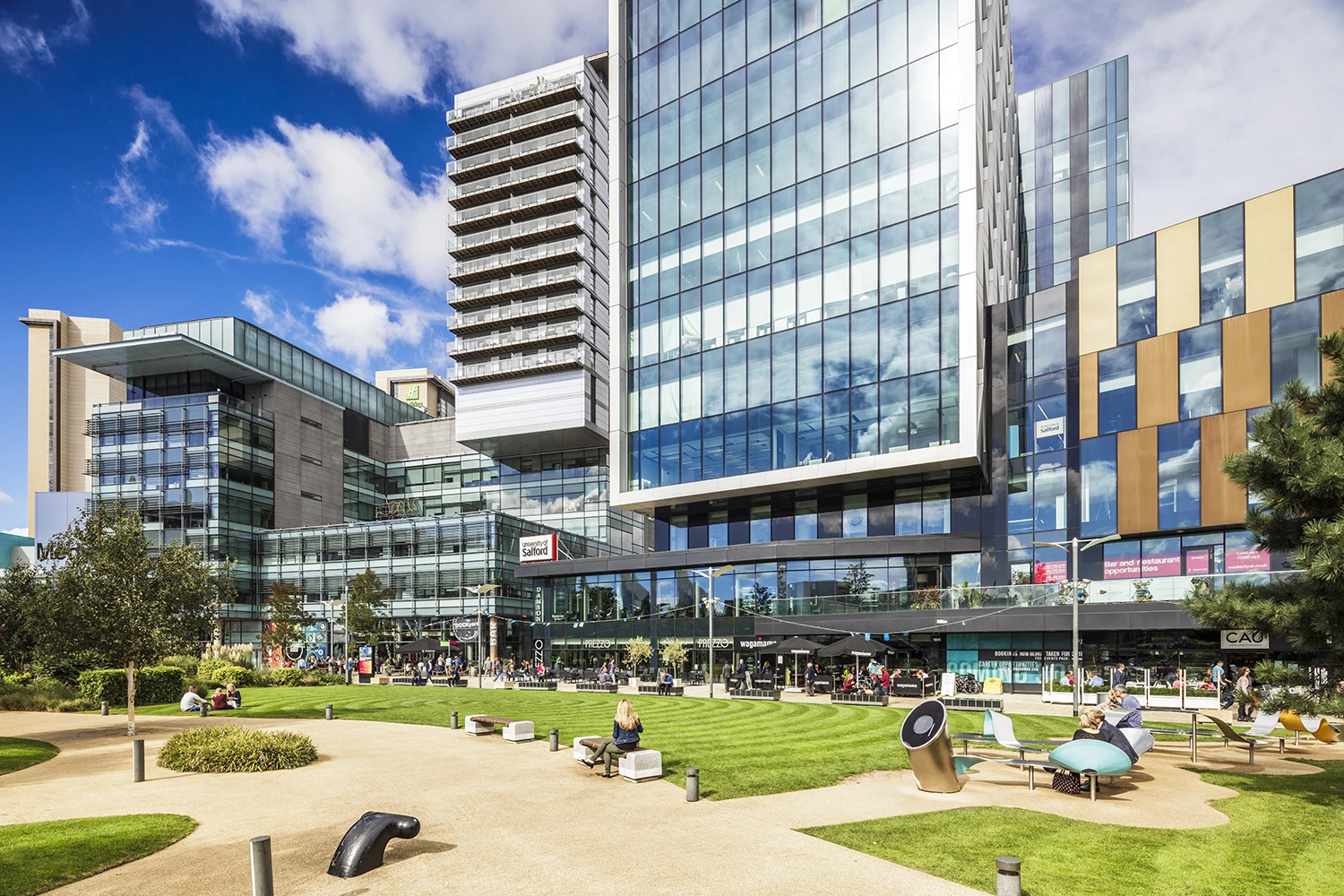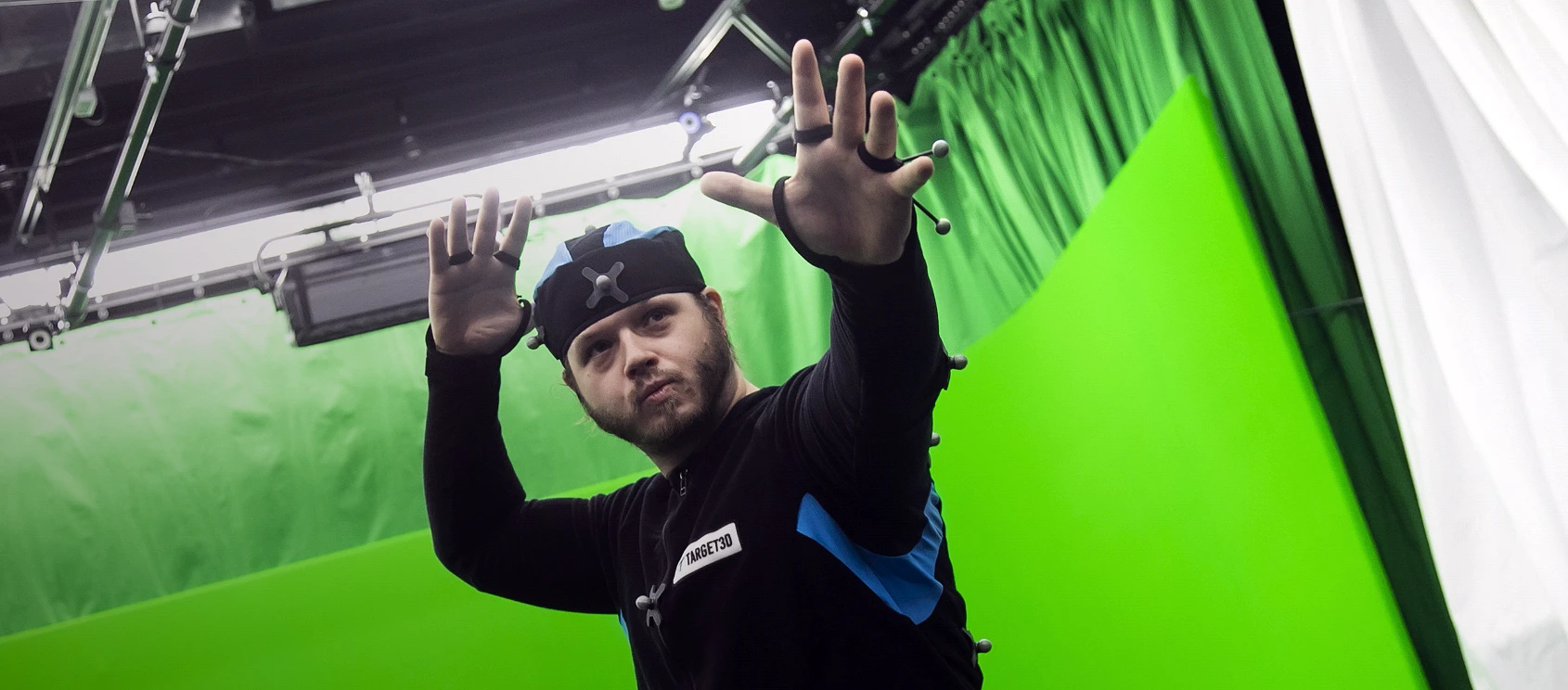The short film Alien Neostrain is the creation of Tim Bailey, a 3D Technician at the University of Salford, as part of his MA in Animation. Tim has worked in the creative industry for 25 years, designing and building props using 3D printing, CNC and laser cutting techniques; and wanted to take his skills into new areas of digital content creation.
The MA in Animation is designed to help students develop contemporary storytelling and transmedia techniques within their body of work, and/or to deepen their knowledge of a specialist role with a creative industry such as a storyboard artist, art director or character designer.

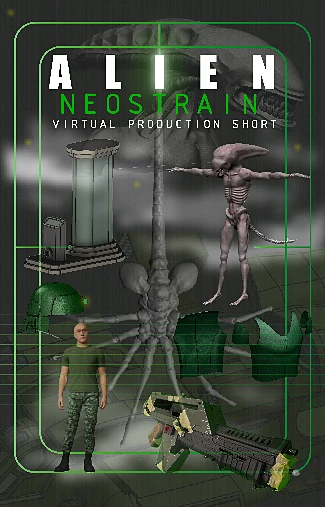
Project Background
In 2022 Tim started a part-time master’s degree in animation and at the outset struggled with what to do for a major animated project. His background lay in product design and rapid prototyping. One of the main elements of his profession is collaborating: as a creative technical demonstrator at University of Salford he had been working directly with the team in motion capture studio to help create props for performance aid and wanted to bring this into his degree.
This was to be a journey of discovery as he worked with the motion capture team and course leader Annabeth Robinson to design and create a range of stylised equipment, peripherals and props aimed at enhancing the immersive experience for motion capture performer. In doing so he found out more about the growing discipline of virtual production through practice and research into storytelling with this technology. As a huge sci fi fan, the final portfolio work was to explore the virtual production pipeline and pay homage to the iconic Alien franchise and its amazing production design.
Project Approach
Tim’s aim for the project was to conduct first-hand research and development that would assist the motion capture team of Connoll Pavey and Jake Louden which was starting to investigate virtual production workflows within the Screen Acting course at the School of Arts, Media and Creative Technology.
Initially Tim had to learn Unreal Engine 5.4 in order to build a virtual environment and understand the workflows for story and visual development. After testing some of the prototypes based on ideation sessions of motion capture, a bigger picture stated to develop. They started to look at creating physical props and digital twins to those props within the virtual environment. These were synced in the OptiTrack motion capture software and brought to life through performance.
The next step was using CAD software and 3D printing to create the hard-edge elements of the physical props, then enhancing them with electrical elements such as haptics and coded digital interfaces for the immersive element. Then with the help of the motion capture team they created a perfect digital twin in the virtual environment he had created in Unreal.
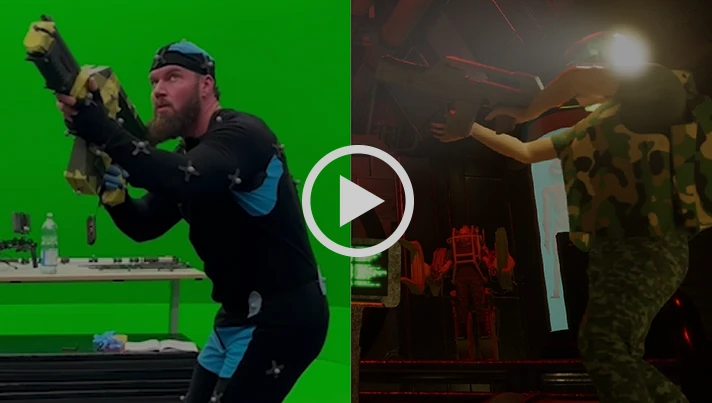
— The results were really exciting as it enabled the actors to see an exact replica of the M41A Pulse Rifle props they were holding moving on screen.
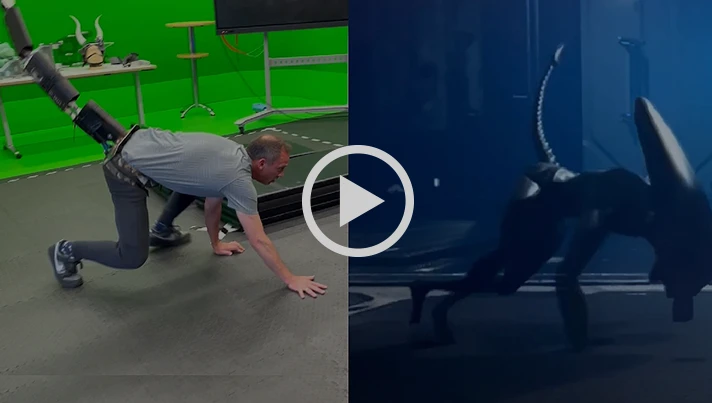
— Tim also created a mechanical tail to represent the alien creature’s tail which also featured in the animation. This was to investigate how an actor would react to physically having another appendage to help portray a fantasy character.
The Alien creatures were created in ZBrush, rigged in Maya, and rendered in Unreal. He then recorded data for the creature’s movements in the motion capture studio. To compliment the on-screen visuals, collaborated with Brian Flannagan, a composer and games designer, to create the film score. The digital aspects of pre and post production were greatly accelerated by Tim’s use of a Scan 3XS Pro Graphics workstation, specially designed for these types of applications.
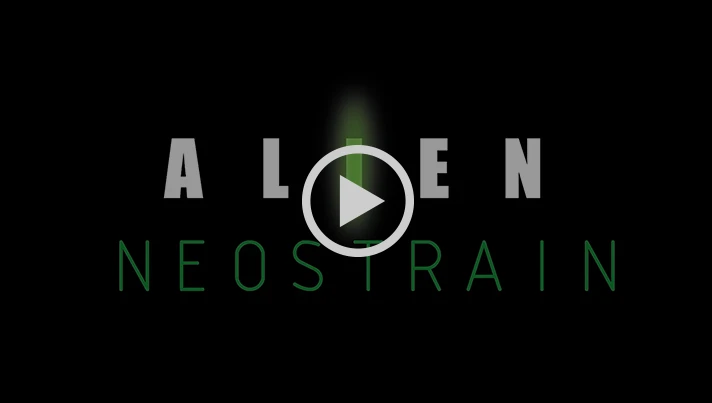
Project Results
The end result was a virtual production short that involved hardedge product design, digital twins, real-time motion capture, virtual worldbuilding, digital character sculpting and a bespoke metahuman.
The results became more prominent as the motion capture department developed a course dedicated to the technology, the first of its kind in the UK, as well as building a performance module in motion capture that benefitted from the props and digital twins.
Tim’s quest had been to investigate how hardedge props can be used in virtual production and whether there is a need for it. Along the way he has learnt new skills in directing and producing a short film using this technology; and working with actors, that really pushed him out of his comfort zone. The feedback Tim has received from several industry experts confirmed there definitely is a need for this type of design support in virtual production and there is a lot more investigation and research to be done in this exciting new field.
The Scan Partnership
Scan through its 3XS Systems division has been building specialist workstations for the Media and Entertainment industry for over 30 years. For this project our technical experts worked closely with Tim to design a system for his virtual production workflows, based around Unreal Engine.
Project Wins
Demonstrated how physical prop-building and digital twins complement each other
Tim was awarded a Masters Degree with Distinction for his MA in Animation
Helped and contributed to the development of a new motion capture course at the University of Salford.
Scan already works in close partnership with commercial virtual production companies such as Recode XR and NightSky Studios, and is proud to support the next-generation of film creatives at the University of Salford.
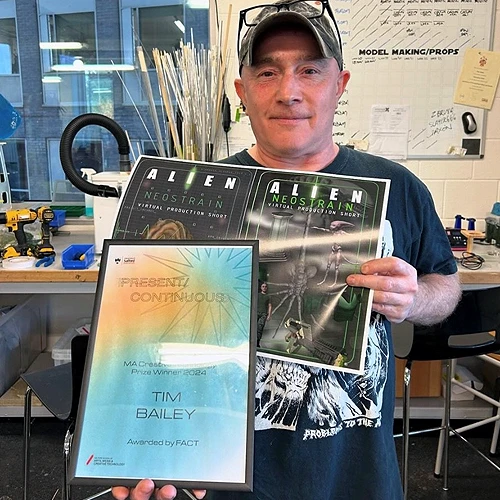
Tim Bailey
3D Technician, University of Salford
“The workstation was a godsend as it enabled me to work on my Unreal Engine project from home rather than relying on the computers at work. The Unreal project was pretty big, but the Scan workstation coped with it really well.”
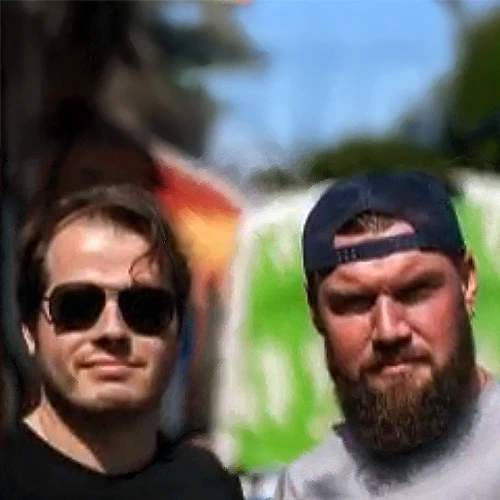
Connoll Pavey and Jake Louden
Motion Capture Department, University of Salford
“Tim’s incredible work with prop building and digital twins has transformed the motion capture module. Students love using these tools, which enhance their immersion, character embodiment, and performance quality. Tim has enriched both their learning experience and the department immeasurably, Thank you sincerely for your dedication and innovation.”
Speak to an expert
You’ve seen how Scan has helped Tim Bailey to combine physical and digital film making techniques for virtual production. Contact our expert Pro Graphics team to discuss your visualisation requirements and or discuss any projects you have.
phone_iphone Phone: 01204 474747
mail Email: [email protected]


